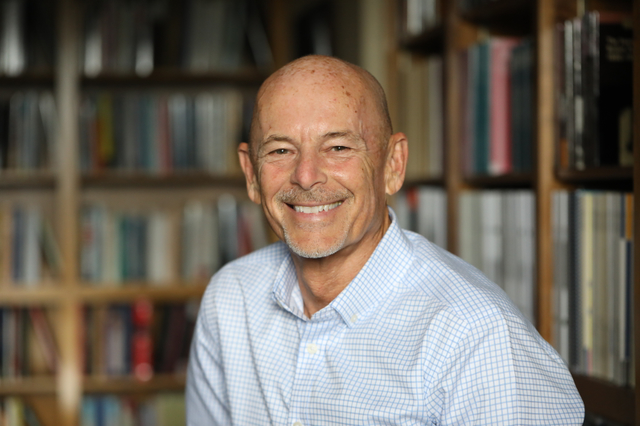Back
Mental & Physical Health
Suffering
Suffering varies considerably across countries (lowest in Poland and highest in Türkiye). Several subpopulations appear especially vulnerable to suffering across the countries, including those who were separated from their spouse, unemployed, and had eight or fewer years of education. A combination of risk (e.g., experiencing abuse) and protective (e.g., better quality relationships with parents) factors during childhood were associated with reporting higher suffering in adulthood.
Researchers

Richard Cowden
Harvard University, Psychology
South Africa

Lucía Macchia
University of London City, Psychology/Economics

Zhuo Job Chen
University of North Carolina- Charlotte, Nursing / Psychology

Renae Wilkinson
Harvard University, Sociology

Dorota Maria Weziak-Bialowolska
Kozminski University (Poland), Economics/Sociology
Poland

Thomas Breedlove
Baylor University, Theology

Craig Gundersen
Baylor University, Economics

Koichiro Shiba
Boston University, Epidemiology

Noah Padgett
Harvard University, Epidemiology

Byron R. Johnson
Baylor University, Institute for Studies of Religion/Sociology

Tyler VanderWeele
Harvard University, Epidemiology / Biostatistics

Jennifer Wortham
Harvard University, Public Health
The Question:
What are the country-specific levels, sociodemographic correlates, and childhood predictors of suffering?